Opinion: The 'Road Accidents in India' 236-Page Report Sheds Light on a Lot, And it is Depressing
India’s highways continue to be killers, riders are dying in huge numbers, pedestrians remain highly vulnerable, our demographic dividend is being frittered away and we drive and ride irresponsibly as if there are no consequences. In other words, nothing has changed.
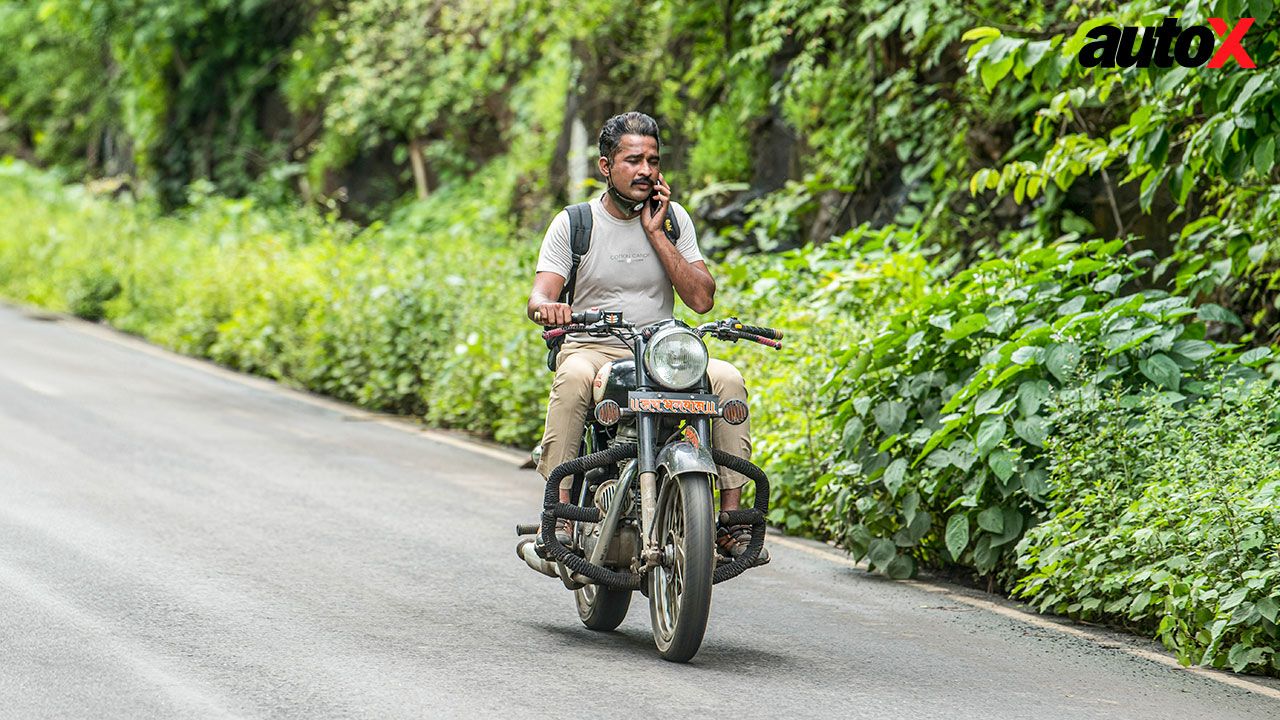
If you’re a road user of any kind in India, you need to read this. If you’re in a position of any kind of influence in India, you need to read this. If you belong to any sort of organisation that’s interested in the wellbeing of its members, you need to read this. If you’re a child, ask the people who love you to read this. Why is it important to read this? Well, because the Government of India’s Ministry of Road Transport & Highways has just released its ‘Road Accidents in India 2022’ report and you need to know what’s in it. Because – as someone wise said – without knowledge, action is useless and knowledge without action is futile.
1. On average, 462 Indians died on our roads every day in 2022. That’s 19 deaths every hour. If I present this data differently, perhaps you would be shocked: it’s the equivalent of a fully loaded Airbus A380 crashing EVERY SINGLE DAY on our roads, killing everyone on board. You might have come across this before, but it doesn’t take away the gruesomeness of it.
2. 168,491 people died in these crashes, almost a 10 per cent increase over 2021. Total number of crashes reported were 461,312 (up by nearly 12 per cent). Injuries went up by 15.3 per cent, to 443,366. In other words, despite all the increased awareness of road safety as well as overall safety standards, we drive or ride as if nothing will happen to us.
3. Highways (both National and State) accounted for 60 per cent of these 168,491 deaths. Point to note: these highways constitute only FIVE per cent of our road network.
4. Over-speeding is a major killer, as the report puts it, at over 70 per cent. The menace of driving on the wrong side, which has been ‘trending’ in India, is the next big cause. Remember, speed is nothing without control. Also on our roads, there are not many elements that you can control.
5. 67 per cent of all crashes took place on straight roads. And 55 per cent of all deaths occurred in open areas where there is not much human activity. That only means when there is no fear of enforcement, we will drive as we please.
6. Now this is the most painful statistic, according to me. 66.5 per cent of the deaths were of young Indians between 18 and 45 years of age. Imagine the impact this has on families.
7. No surprise that two-wheeler riders constituted 44.5 per cent of all fatalities. Oh, and pedestrians were the second-highest category of road users to die on our roads, at nearly 20 per cent. And who killed these 32,825 pedestrians? Two-wheelers at 28.4 per cent, followed by Cars, Taxis, Vans & LMV at 24.5 per cent. So please be mindful, even if the pedestrians are at fault, because they have the most to lose.
8. In around 50,000 of two-wheeler deaths, be it riders or pillion, they were not wearing helmets. Also, 16,715 people died because they were not belted up – split almost evenly between drivers and passengers.
9. Oh, rear-end collisions caused the highest deaths, followed by hit-and-run cases and head-on collisions.
10. Now this is interesting. Despite all the increasing standards of safety, vehicles that were less than 10 years old accounted for 57.5 per cent of deaths.
11. The month of May continues to record the maximum number of deaths, while the time between 1800 and 2100 hours in the day also saw the maximum number of crashes.
India’s highways continue to be killers, riders are dying in huge numbers, pedestrians remain highly vulnerable, our demographic dividend is being frittered away and we drive and ride irresponsibly as if there are no consequences. In other words, nothing has changed. And that’s the depressing part, not the blown-up figures and gruesome statistics. What’s frightening is that, with the increase in vehicular density plus more highways being built, I don’t foresee these figures coming down.
Also Read: This Gandhi Jayanti, Here's What We Can Learn from Mahatma Gandhi and Adopt Better Road Manners
What’s the solution? The powers-that-be know exactly what needs to be done, but the intensity and urgency seem to be missing. But the blame should also fall on all of us. Behavioural changes are harder and take longer to make than infrastructural changes. That’s why, as individuals, we can contribute by being better, more responsible drivers – even if there is no enforcement. Road safety begins with each of us.
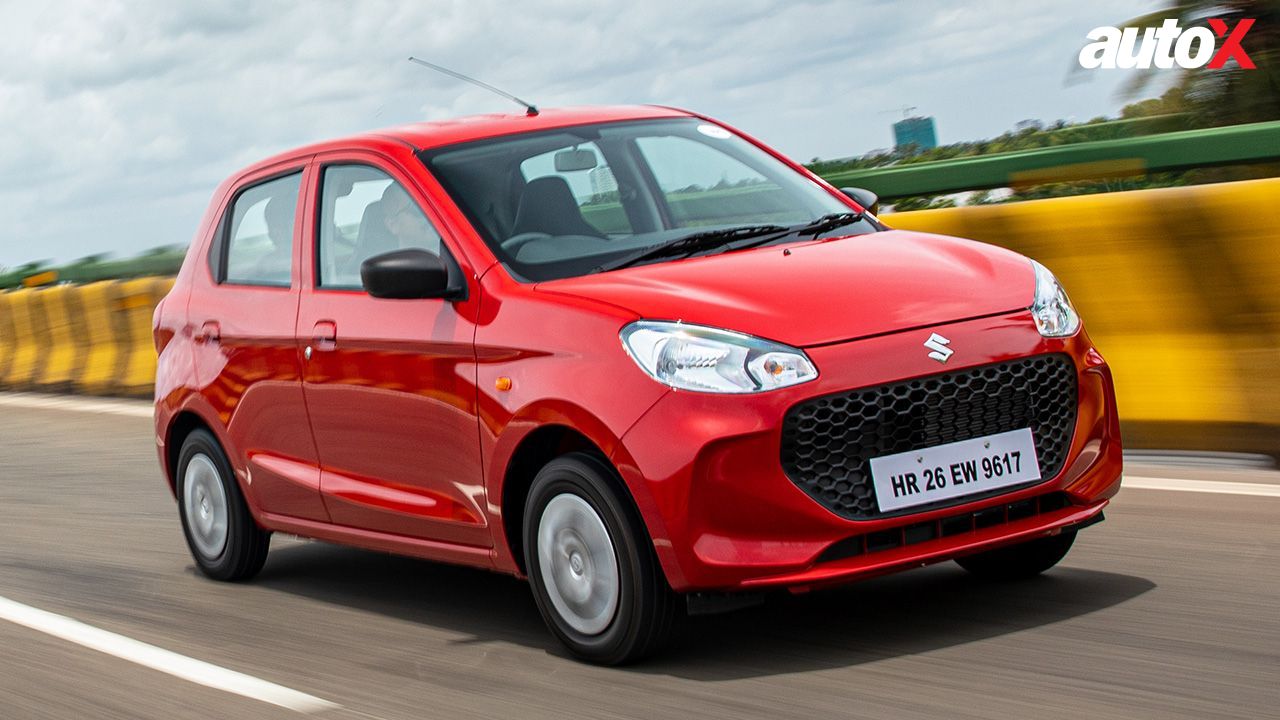
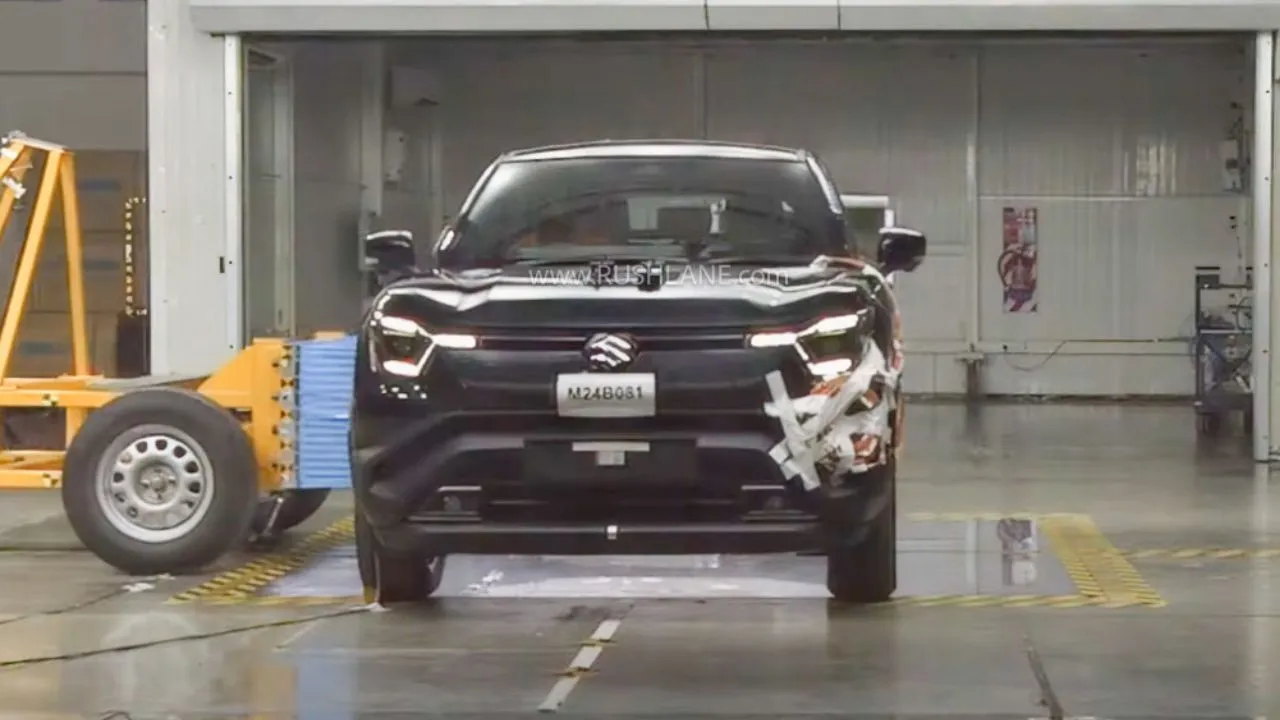

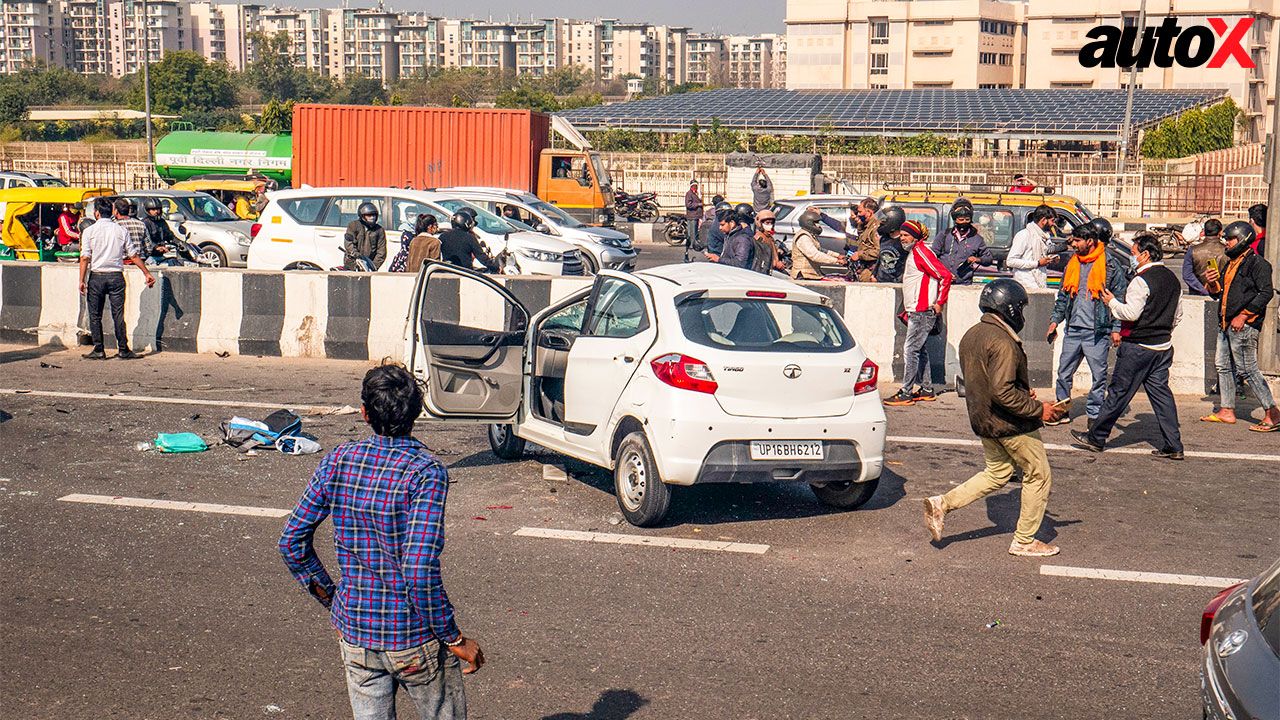


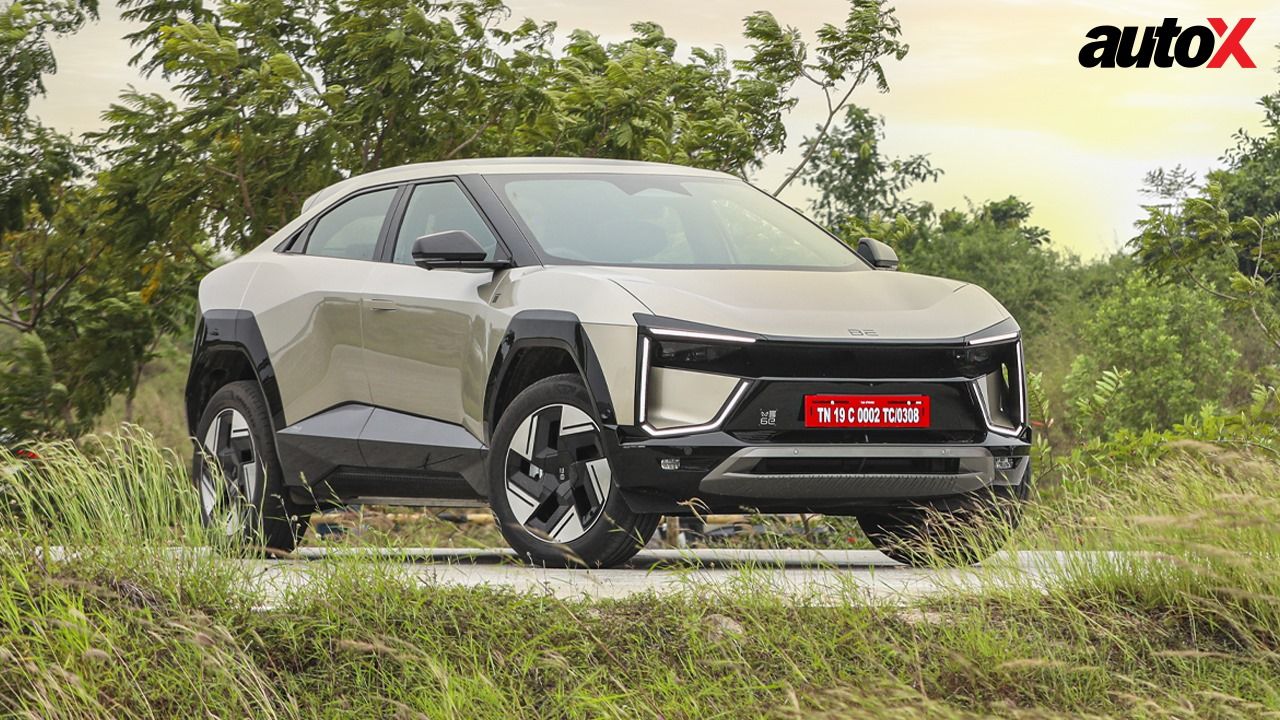

.webp)
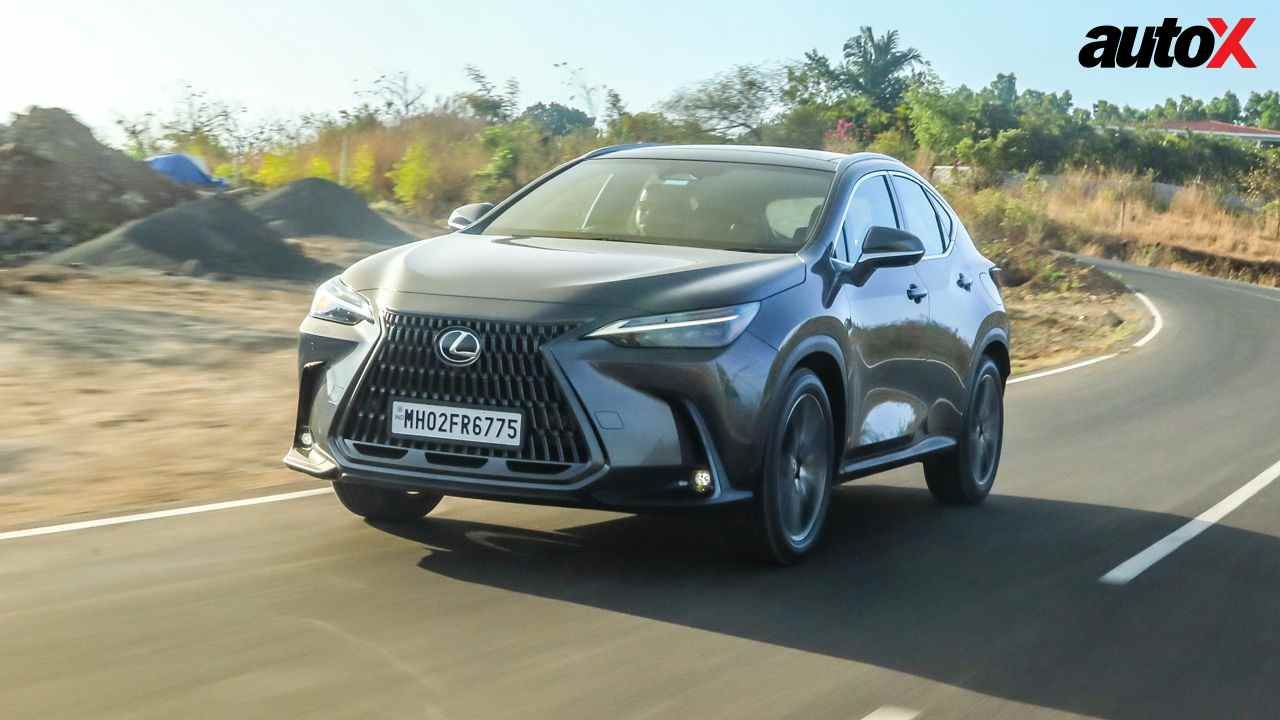
.webp)



















Write your Comment on